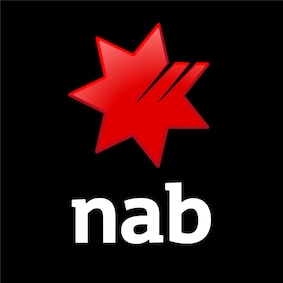NAB Identity Protect | Identity protection and verification - NAB
What is NAB Identity Protect?
NAB Identity Protect is our specialised team that contacts customers to perform identity verification to ensure your identity and accounts are secure. Our specialised team verifies your identity to protect you from fraud and financial crime. This process is part of our commitment to keeping your information safe and meeting legal requirements designed to prevent money laundering and terrorism.
Why we contact you
Anti-money laundering regulations have strengthened protections against financial crime. Every bank is legally required to routinely review and verify that the customer information held is up to date. This information includes both the personal details of individuals as well as business/organisation details.
Verify the communications we have sent you
To validate the legitimacy of our formal communications we provide the following protections:
- Check the contact details on your letter against the details listed on our contact page.
- If you use NAB Internet Banking, use your web browser to login, select Profile & Settings and tap ‘Letters’ to view a copy of the letter.
- Speak with your Banking Relationship Manager.
- Visit us in branch, we can help confirm the legitimacy of the letter, email or SMS.
To keep you safe we don't use hyperlinks or phone numbers in any SMS we send.
Even if you don’t have your own NAB account, we may need information from you if you’re connected to a NAB business customer or NAB account. For example, you may be a signatory, beneficial owner or director and we’ll still need to verify your identity because of the connection you have with a NAB customer.
Learn more about AML/CTF legislation
Information for subsidiaries of NAB (Medfin, nabtrade, Advantedge)
What happens if you don't re-verify your details?
To comply with our regulatory obligations, we may be required to suspend transactions on your account(s), including any joint accounts, if we can’t re-verify your identity.
This also includes re-verifying the personal identity of person(s) connected to business account(s), (such as a beneficiary, partner, signatory, or director).
You won’t be able to withdraw or send money from an account(s) that has been suspended. Any recurring or automatic payments (e.g., direct debits) will also cease.
If you think you’ll be unable to provide your identity details in time (e.g., if you’re overseas), please contact us for assistance on the contact details listed in your letter.
Removing a suspension on an account
If your account has already been suspended or closed, call the number listed on your email or letter and quote your reference number. Any suspensions placed on your account will be removed once identity verification has been completed for yourself, your business/organisation and/or any connected parties.
If NAB has closed your account(s), we'll talk you through next steps to open new accounts or obtain any funds back that NAB is holding on your behalf.
Identity verification support
Explore our resources for more information about NAB Identity Protect.
How to verify your identity
In this detailed guide, learn about how our identity verification process varies by customer/organisation type, including individuals, businesses, those overseas and more.
Contact information for NAB Identity Protect
Discover how the team will contact you and how you can be sure that the phone, email and SMS details you’ve received are genuine.
Guides, forms and templates for NAB Identity Protect
Explore all the guides, forms and templates you need to complete the identity verification process.
Important information
Apologies but the Important Information section you are trying to view is not displaying properly at the moment. Please refresh the page or try again later.

